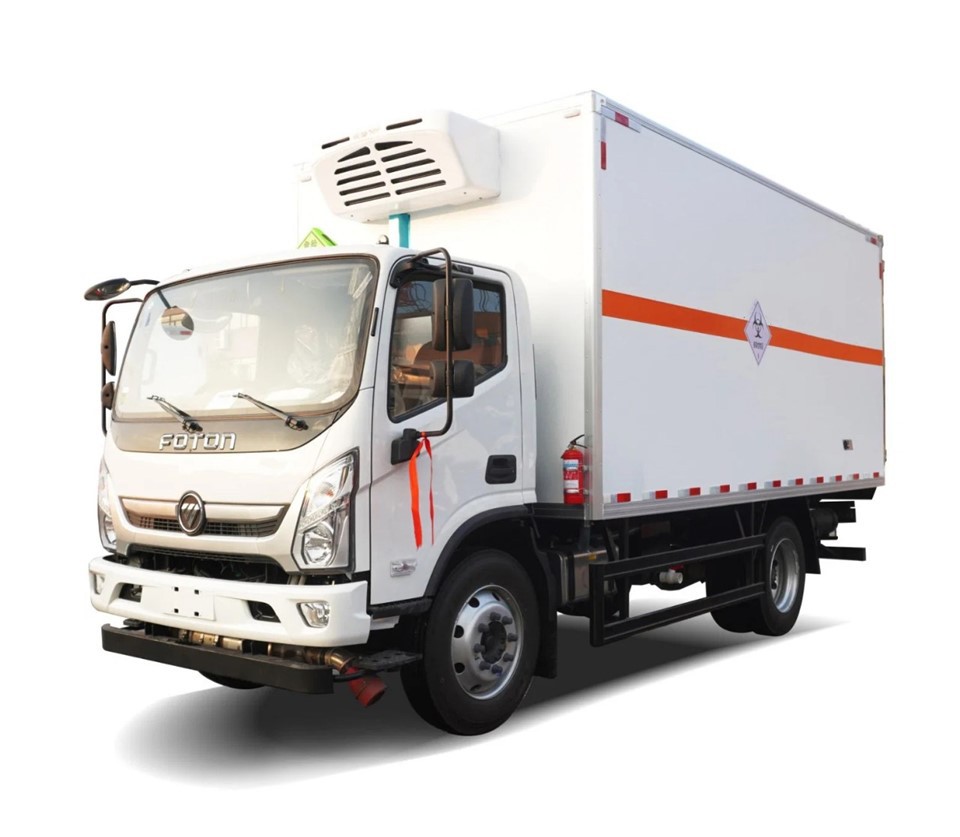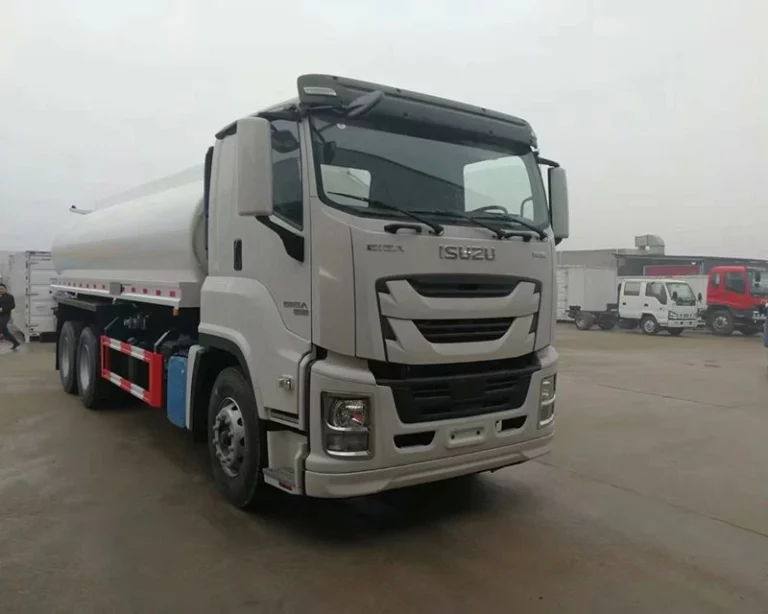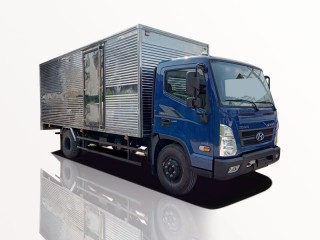Introduction
Recreational vehicles (RVs) offer the perfect blend of adventure and comfort, allowing travelers to explore vast landscapes while enjoying the comforts of home. An essential feature that significantly enhances an RV’s capability is its drivetrain—particularly the four-wheel drive (4WD) system. This article will delve into the mechanics of RV 4 wheel drive and its impact on performance, from the advantages it offers to practical tips for maximizing efficiency and safety on the road. Whether you are a new RV owner or a seasoned traveler, understanding the intricacies of 4WD can transform your travel experience.
What is RV 4 Wheel Drive?
Four-wheel drive (4WD) is a drivetrain configuration that allows all four wheels of a vehicle to receive power simultaneously. In RVs, this system significantly enhances traction, stability, and control, especially in challenging terrains like off-road paths, snow, or mud.
Types of 4WD Systems
Understanding the different types of 4WD systems available can help in choosing the right RV for your adventure needs.
Full-Time 4WD
Full-time 4WD systems provide continuous power to all wheels. This setup enhances stability and traction while navigating various terrains but can lead to increased fuel consumption.
Part-Time 4WD
Part-time 4WD allows the driver to switch between two-wheel drive (2WD) and 4WD as needed. This can save fuel when off-roading is not required and provides improved handling when engaged.
Mechanics of RV 4 Wheel Drive
To better understand how RV 4WD works, let’s look at its key components:
- Transfer Case: This device transfers power from the engine to the wheels. It can include high and low-range settings for different driving conditions.
- Differentials: Differentials enable the wheels to rotate at different speeds, providing better traction during turns and uneven surfaces.
- Axles: These components distribute power from the differential to the wheels. In RVs, heavy-duty axles are essential for handling the extra weight.
Advantages of RV 4WD
Choosing an RV with a 4WD system yields numerous benefits, especially for those planning to travel off the beaten path.
Enhanced Traction
4WD significantly improves traction on slippery surfaces, including mud, snow, and wet roads. This means safer travel in adverse weather conditions.
Improved Off-Road Capability
Many RVers seek adventure in rural or rugged areas. 4WD boosts an RV’s ability to navigate rocky trails and steep inclines without getting stuck.
Better Handling and Stability
In addition to traction, 4WD systems provide better handling and stability during acceleration, deceleration, and cornering, contributing to safer driving overall.
Performance Factors of RV 4WD
The performance of an RV equipped with 4WD can depend on several factors, including engine type, weight, gearing, and tire selection.
Engine Power and Performance
The engine is the heart of any vehicle, including RVs. A more powerful engine often improves the performance of a 4WD system, especially when navigating hills or challenging landscapes.
Weight Distribution
RVs tend to be heavy vehicles. Proper weight distribution ensures that all four wheels have equal traction and are less likely to slip. This is particularly crucial when traveling on unpaved or uneven surfaces.
Gearing and Torque
Low-range gearing in a 4WD system can offer increased torque, allowing for better control and power during difficult driving conditions.
Choosing the Right Tires
Investing in suitable tires for your RV is crucial. Off-road or all-terrain tires can significantly enhance the performance of the 4WD system.
Maintenance Tips for RV 4WD Systems
Proper maintenance ensures your RV’s 4WD system remains operational and efficient. Following these tips will help prolong its lifespan.
Regular Inspections
Check the transfer case fluid, differential fluids, and transmission fluid regularly. Low or dirty fluids can lead to severe damage over time.
Proper Tire Pressure
Maintaining proper tire pressure is vital for optimal performance. Inspect the air pressure in all four tires and adjust according to the manufacturer’s specifications.
Alignment Check
Misalignment can lead to uneven tire wear and impact vehicle handling. Regularly assess wheel alignment, especially after off-road trips.
Cleaning the Undercarriage
If you often travel through muddy or sandy areas, cleaning the undercarriage can prevent corrosion and mechanical issues.
Practical Examples of RV 4WD Performance
Understanding how RV 4WD systems perform in real-world scenarios can provide valuable insights for prospective RV owners.
Mountain Adventures
Many RVers take their vehicles to mountainous regions. For instance, an RV with a part-time 4WD system can be switched on when climbing steep trails, facilitating easier navigation.
Winter Travel
Traveling in winter requires a reliable 4WD system. An RV equipped with full-time 4WD will performed better on icy roads, allowing drivers to feel more secure when encountering slippery conditions.
Pulling Trailers
When towing a trailer, a 4WD RV can provide extra stability, especially on climbs and descents, preventing swaying and enhancing safety.
Choosing the Right RV with 4WD
Selecting the perfect RV for your needs involves several considerations beyond just drivetrain type.
Budget Considerations
4WD RVs can be more expensive than their 2WD counterparts. Determine your budget beforehand and factor in maintenance and operating costs.
Size and Space
Consider the number of people traveling and the amount of gear required. RVs come in various sizes, and a larger model can accommodate more but may be less agile off-road.
Desired Features
Look for features that enhance the driving experience, such as advanced suspension systems, quality brakes, and integrated navigation for off-road adventures.
Brand Comparisons
Research reputable brands known for their reliable 4WD systems, such as Winnebago, Airstream, and Forest River, to ensure a quality purchase.
FAQs about RV 4 Wheel Drive and Performance
What is the difference between 4WD and AWD in RVs?
4WD (Four-Wheel Drive) is typically designed for rugged terrain, allowing for more traction on challenging surfaces, while AWD (All-Wheel Drive) generally offers better handling on normal roads without the need for driver intervention.
Can I add 4WD to my current RV?
While it’s technically possible, retrofitting a 2WD RV to a 4WD system can be cost-prohibitive and complex. It’s usually more practical to purchase a new RV designed for 4WD.
How does 4WD affect fuel efficiency in RVs?
4WD systems can decrease fuel efficiency due to increased weight and drag on the engine. Practicing economical driving habits can help mitigate some of this loss.
What should I consider when off-roading with my RV?
Remember to assess the terrain, check weather conditions, ensure proper tire pressure, and understand your RV’s capabilities before embarking on off-road journeys.
Is 4WD necessary for all RV owners?
4WD is not necessary for everyone; it is ideal for those planning to travel through challenging terrains, while those sticking to paved roads may find 2WD sufficient.
How can I improve my RV’s 4WD performance?
Regular maintenance, choosing appropriate tires, and understanding your vehicle’s capabilities can enhance 4WD performance significantly.



